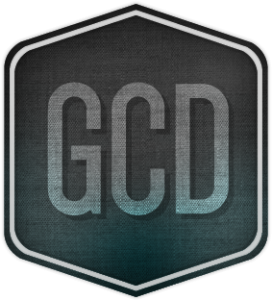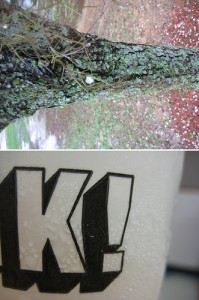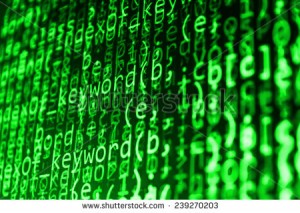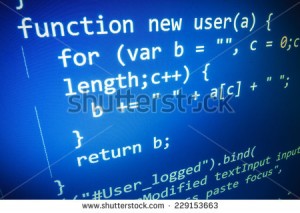
For this WSQ there’s some good information to know before to do this without ask to google or to do copy-paste from another classmate code, so… Here is the link that helped me to understand the concept of “Algoritmo de Euclides“.
And if you have questions you can ask me or ask for the teacher that actually he helped me to do the GCD function with recursion.
Here´s my code from GitHub if you want to see my code.







